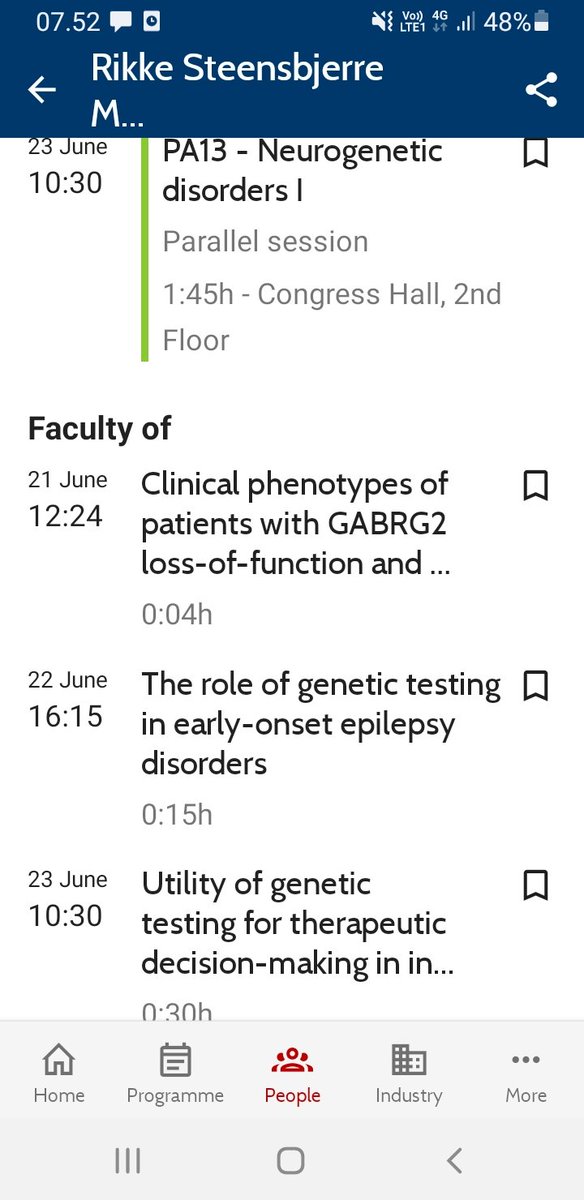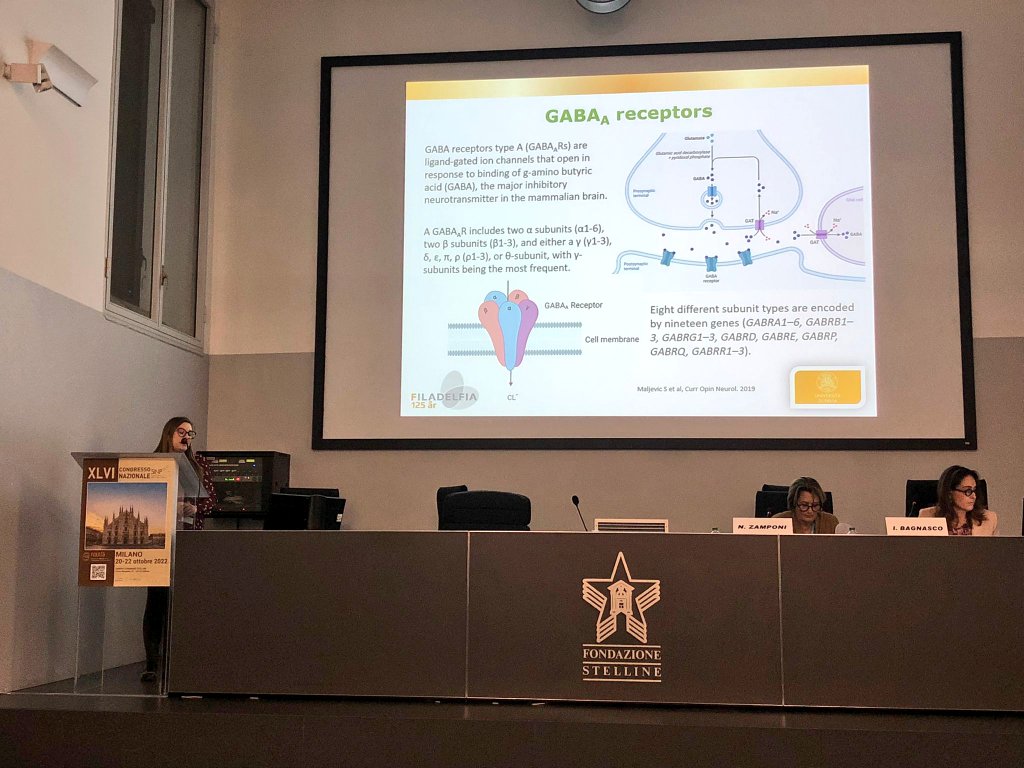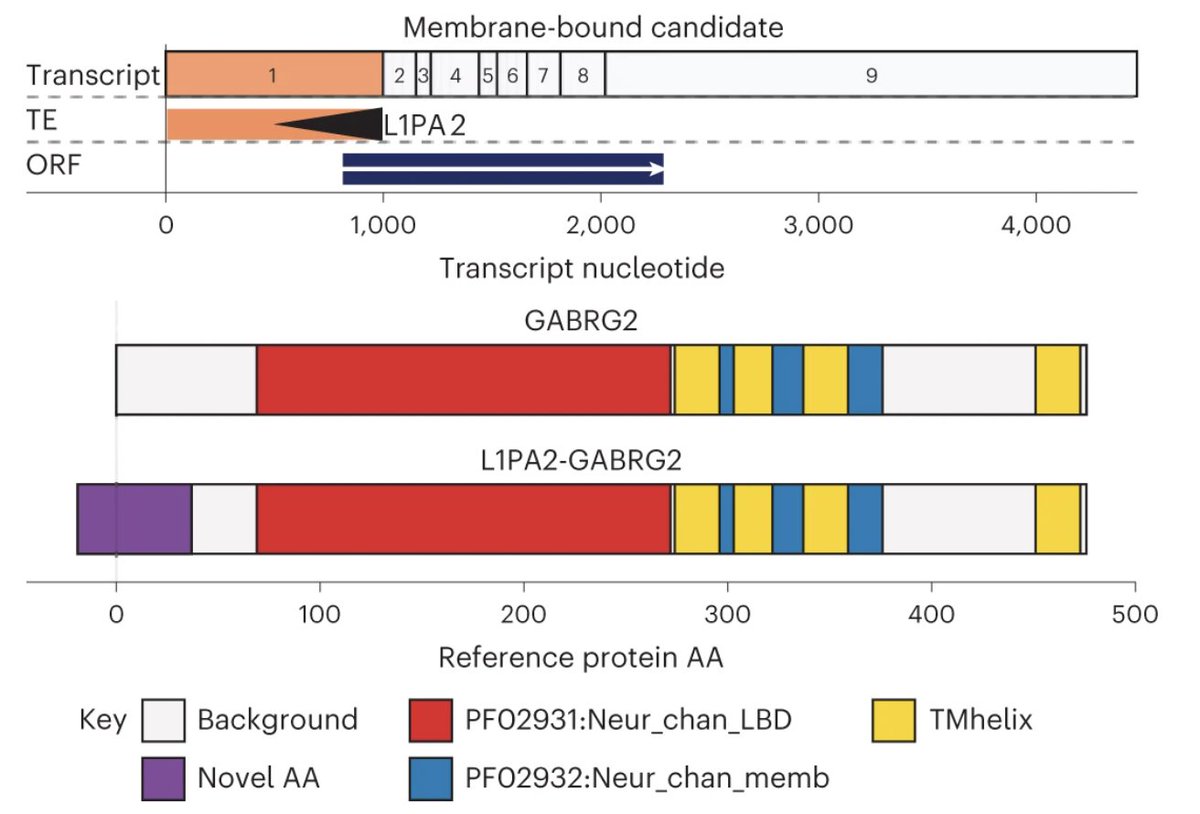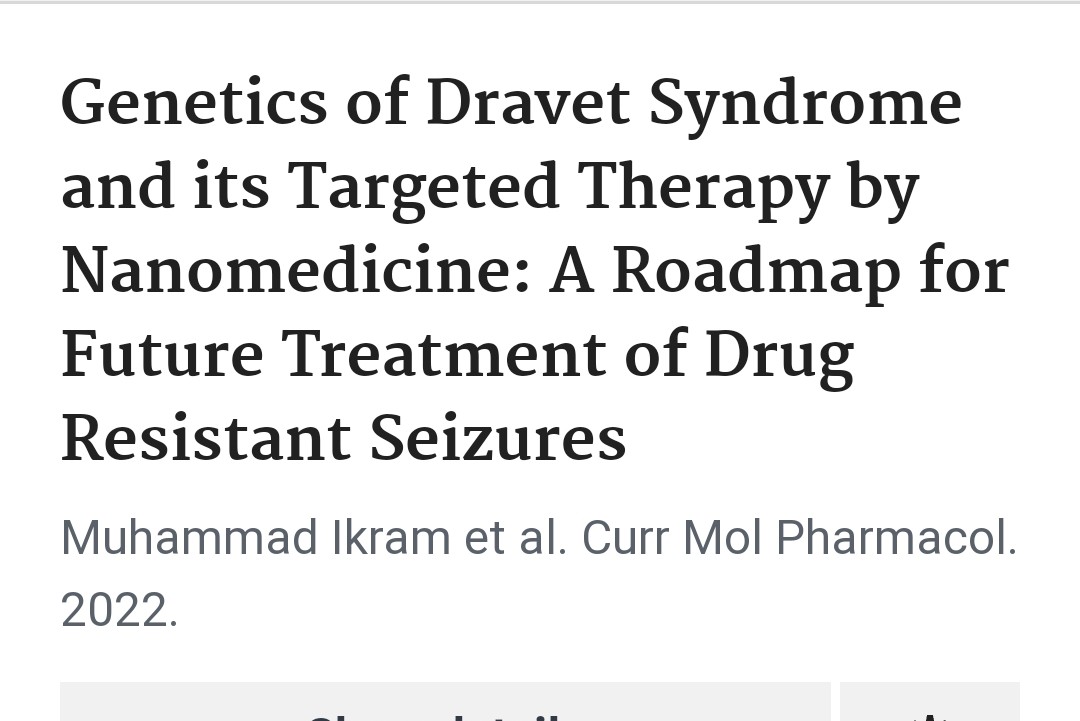
Vivian Liao The Reid Lab (Florey) Scarlett's GABRA1 Village Cure GABRB2 Rare Epilepsy Network Mary Chebib Philip K. Ahring Dr Nathan Absalom Susan Lin Chow Anthony (Sze Hon) Kan I wish I could have been there - count me in for the next meeting 🧬🧠
#GABRA1 , #GABRA2 , #GABRA3 , #GABRA5 , #GABRB2 , #GABRB3 , #GABRD , #GABRG2 #Epilepsy #Genetics #StrongerTogether
Katrine M Johannesen Nazanin Azarinejad Mohammadi Sebastian Ortiz, MD Alessandra Rossi



@Bekind_rewind2 @athenabrown_ Dr. Glaucomflecken Possibly an interesting genetic variation. Are there other family members who have similar issues with effectiveness of such a drug?
Lookup the GABRG2 receptor gene if you're interested. ncbi.nlm.nih.gov/m/pubmed/23640…
Is this plausible Bagheera79?



Ana Mingorance GeneDx Dravet Canada Fundación Síndrome de Dravet KCNQ2 Cure Alliance KCNQ2.org stxbp1 Asc. Sindrome STXBP1 CDKL5USA - IFCR Cure CDKL5 CDKL5 Canada ILAE Yes, nice study. It suggests the top 10 epilepsy genes (SCN1A, KCNQ2, CDKL5, SCN2A, PRRT2, PCHD19, STXBP1, SLC2A1, GABRG2, and SCN8A) are all probably in need of variant modeling in animal models!


On my way to #EPNS2023 ✈
Looking forward to present Alessandra Rossi work on #GABRG2 , to talk about the utility of genetic testing for therapeutic decision-making in children with #epilepsy , and last but not least meeting up with everybody in Prague 🤩
#EpilepsyAwareness 💜🧬🧠


NCBI Clinical Konrad Platzer Katrine M Johannesen Dennis Lal Sounds great - thanks for the update 👍
It would also be relevant to have #GeneReviews for the most common GABA-A receptor genes: #GABRA1 , #GABRG2 , #GABRB3 😀
Could be a task for us Vivian Liao Philip K. Ahring Dr Nathan Absalom Katrine M Johannesen Alessandra Rossi Mary Chebib 😊

Ángel Aledo-Serrano EpiCARE Gaetan Lesca Nicola Openshaw-Lawrence Masa Malenica Reetta Kälviäinen ARZI. ALEXIS Zeynep Tumer Bobby Koeleman Yes, enough travelling for now 🤪
Now it's time to focusing on finalizing some of our exciting projects on #CDKL5 , #STXBP1 , #GABRA1 , #GABRG2 , #GABRB2 and #SCN8A 😊
David Lewis-Smith Alberto Cossu Roberto Previtali Alessandra Rossi Nazanin Azarinejad Mohammadi

Farewell lunch for Vivian Liao and Alessandra Rossi 🤩
It has been a great pleasure having you in the dept. 🤗
Ale and Vivi have been super productive 💪. Watch out for their upcoming papers on #GABRA1 , #GABRG2 , #SYNGAP1 , #POU3F3 ‼️
🇮🇹🇦🇺🇩🇰 dream team 💪
#FriendsInScience 💜





Veera M. Rajagopal Dr Nathan Absalom Vivian Liao Katrine M Johannesen Elena Gardella Mary Chebib Philip K. Ahring Thank you 👃 Our 🇦🇺🇩🇰🇬🇧🇩🇪team will continue to explore genotype-phenotype correlations in #GABAA -receptor related epilepsies. #GABRD , #GABRA1 , #GABRA5 #GABRB2 , #GABRG2 #epilepsy #genetics #EpilepsyAwareness
@Alessan08878649 Nazanin Azarinejad Mohammadi David Lewis-Smith Christian Bosselmann

The Italian Pediatric Neurology Society Congress has just ended, and I am happy to have shown our results on #GABRG2 -related #epilepsy in my home country as well #SINP Epilepsihospitalet, Filadelfia Rikke S. Møller Philip K. Ahring Katrine M Johannesen Vivian Liao


Great to kick start the Australian arm of our #NHMRC ideas grant! #GABRA1 , #GABRA3 , #GABRB2 , #GABRB3 , #GABRD , #GABRG2 Thank you The Reid Lab (Florey) for coming to Sydney! 😔 Rikke S. Møller that you weren't here to join us. Scarlett's GABRA1 Village Cure GABRB2 Rare Epilepsy Network




Delighted to share our new febrile seizures study in preprint
GWAS w 7 replicated loci, fever response genes (PTGER3, IL10), neuronal excitability genes, GABRG2 & genetic correlation w epilepsy, PRS & other analyses on top. Thanks Line Skotte and team🇩🇰🇦🇺
medrxiv.org/content/10.110…




